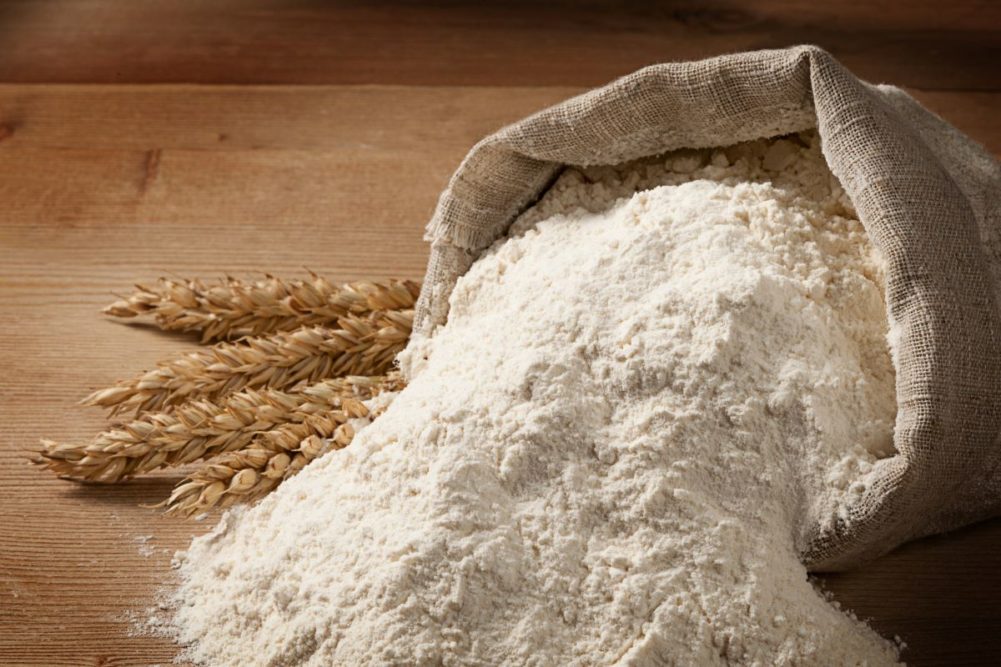KANSAS CITY – News stories in this publication require headlines, and “2023 flour outturn hits 12-year low,” which may be seen on Pa Josh Sosland, editor of Milling & Baking News.
Josh Sosland, editor of Milling & Baking News.
Source: Sosland Publishing Co.ge 1, is eye catching, but requires additional context. The headline does not begin to capture the crosscurrents at play in flour milling going into 2024. How these countervailing forces play out this year and beyond will determine whether the profitability the flour milling industry has enjoyed for several years will be sustained.
Most millers armed with these figures do not appear concerned. While off 10 million cwts from the record figure reached in 2022, production of 420 million cwts last year was about 5 million short of the average outturn in the five years preceding the COVID-19 pandemic — 425 million cwts. Year-to-year swings since 2020 have been unreliable as indicators of trends. While off from recent years, the 86.5% operating rate in 2023 was still higher than any year between 2015 and 2019.
Additionally, the 58,500 cwts of planned capacity additions assumes no accompanying rationalization of older capacity. While no mill shutdowns have been announced, there have been indications that some older capacity will be retired. Even as it recedes ever further into the past, millers remember the pain the industry endured in the late 1990s because of over aggressive mill construction and have internalized lessons from the earlier trauma. Additionally, the extraordinary expense of building a new greenfield mill represents a significant barrier to entry or major expansion. Meanwhile, a tight labor market and a desire to provide an attractive work environment have kept millers from pressing to operate too heavily.
Still, the environment is not risk free. Most of the new mill projects were initiated in concert with a baking industry partner looking for a reliable source of flour for additional baked foods production capacity. Such arrangements have become increasingly commonplace.
“There always will be mills built with strategic partners,” one miller said.
While helping assure the success of the new mill, such partnerships add capacity without increasing total demand and also result in extra capacity beyond what the partnership will cover. Attractive as they may seem, offers of strategic partnerships may represent a siren song for millers, necessitating caution. Indeed, a baker recently is said to have drawn no expressions of interest when exploring a new mill/new bakery project in a part of the United States milling capacity utilization is particularly depressed.
Building new flour mills in 2024 is expensive, but keeping older facilities competitive necessitates investment, too. Toward that end, many milling companies wisely have opted to pursue an array of capital projects aimed at enhancing a mill location’s attractiveness to customers while adding little or no additional capacity. Projects have included expenditures on automation, inbound and outbound transportation, grain storage and comprehensive facility modernizations to improve efficiency and sanitation.
The outlook for milling is not set in stone. Capacity reductions aggregating about 100,000 cwts per day in the 2010s were undertaken in response to changing market conditions. What path the milling industry will take in 2024 and beyond remains to be seen.





